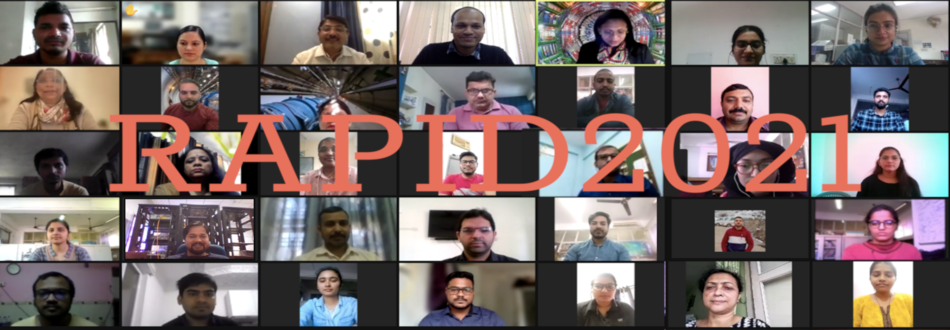Speaker
Description
The Compressed Baryonic Matter (CBM) experiment is one of the core experiments at the Facility for Antiproton and Ion Research (FAIR) in GSI Darmstadt, Germany. The experiment aims to explore the phase diagram of strongly interacting matter at the high net-baryon densities and moderate temperatures. It has been designed to handle unprecedented interaction rates (up to 10 MHz) of Au+Au collisions in an energy range of 2-11 AGeV at SIS100 setup. Muon Chamber (MuCh) system, consisting of alternating layers of instrumented hadron absorbers and triplet of detector stations sandwiched between them, will be used to measure di-muon signals originating from the decay of low mass vector mesons and charmonia. A Gas Electron Multiplier (GEM) based tracking detectors will be used for the first two stations of CBM-MuCh. The detectors will be operated in self-triggered mode. Large area triple GEM detector prototypes of approximately 1900 cm2 in size will be employed for MuCh system. The readout consists of pads with progressively increasing pad sizes from ~4 mm to ~17 mm. A novel opto-coupler based HV biasing to power the 24 segments of each GEM foil has been implemented for the first time. In this contribution, we report the installation, commissioning, and testing of two such modules with nucleus + nucleus collisions at 1-2 AGeV beam energies in the mini-CBM (mCBM) experiment at the SIS18 facility of GSI, which is a part of “FAIR Phase-0” program. Data with the first version of STS/MuCh-XYTER, a dedicated readout chip for GEM-MuCh and STS, has been taken for the first time. The response of large size GEM modules in multiparticle environment have been studied in detail. Event building based on the timestamps of the detector hits has been carried out for the nucleus-nucleus collision data. Optimization of this algorithm and straight-line track fitting using global X-Y coordinates of the hits from all the subsystems will be reported. The detailed performance of the detectors at different operating conditions will be presented and discussed.
| What is your experiment? | CBM |
|---|
